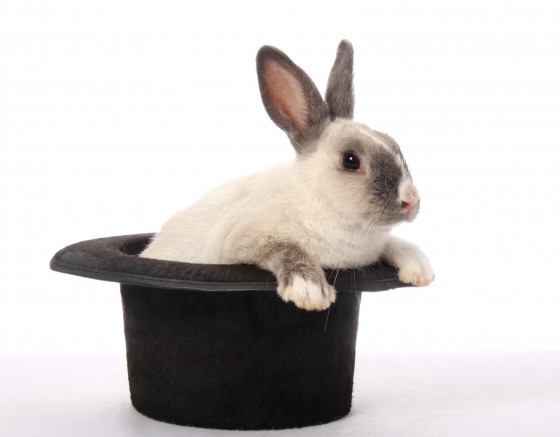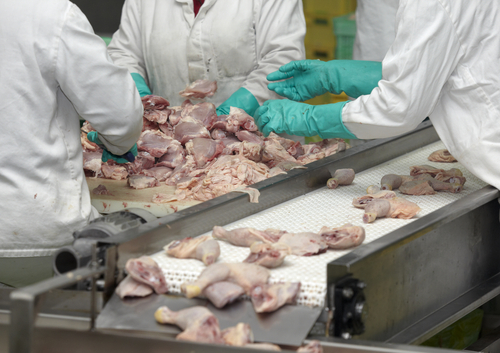 I have a pet rabbit at home. His name is Boba Fett, named after the popular bounty hunter character in the Star Wars movies, and he’s a pretty laid-back little guy, as far as pets go. He’s not the type of animal that requires a ton of maintenance and he definitely doesn’t need a formal risk management plan. But according to a recent article in the Washington Post, not all rabbits get off so easily. Evidently not only does the U.S. Department of Agriculture require certain rabbits to be licensed, but their owners must also have a written disaster plan for what they will do with their rabbit in case of emergency. It sounds crazy, but bureaucracy often does, I guess.
I have a pet rabbit at home. His name is Boba Fett, named after the popular bounty hunter character in the Star Wars movies, and he’s a pretty laid-back little guy, as far as pets go. He’s not the type of animal that requires a ton of maintenance and he definitely doesn’t need a formal risk management plan. But according to a recent article in the Washington Post, not all rabbits get off so easily. Evidently not only does the U.S. Department of Agriculture require certain rabbits to be licensed, but their owners must also have a written disaster plan for what they will do with their rabbit in case of emergency. It sounds crazy, but bureaucracy often does, I guess.
According to the article, some years back Marty Hahne, otherwise known as Marty the Magician, got a notice from the USDA that based on a law that requires licenses for “animal exhibitors,” the rabbit Marty used in his magic act needed to be licensed. Marty complied. And then, this summer, the USDA informed him of a new rule from the agency’s Animal and Plant Health Inspection Service (APHIS):
APHIS published a final rule requiring all dealers, exhibitors, intermediate handlers, carriers, research facilities and other entities regulated by the Agency under the Animal Welfare Act (AWA) to take additional steps to be better prepared for potential disaster situations. They are required to develop a plan for how they are going to respond to and recover from emergencies most likely to happen to their facility, as well as train their employees on those plans.
Basically, Marty the Magician had to come up with a disaster plan for his rabbit. The letter outlined the areas the plan had to cover, including a list of 21 potential disaster scenarios, training requirements for any of Marty’s employees and how to prepare for an evacuation. According to the law, all plans had to be completed by July 29.
Now, a lot of people, would have rolled their eyes at such absurdity and did nothing. One magician quoted in the article joked that his plan would be a piece of paper that read, “Note: Take rabbit with you when you leave.” But Marty seems to be an agreeable sort of person and actually got a disaster planning expert named Kim Morgan to put together what ended up being a thorough, 34-page emergency management document for his rabbit that addressed all of the USDA’s applicable concerns. Overkill? Maybe, but at least Morgan wrote the plan for free.
In time, hopefully common sense will prevail. The USDA has said that it plans to review the rule as it applies to small operations like Marty’s, but for now the rule stands. And Marty Hahne probably has the safest rabbit in the country. So at least there’s that.

